Indy Explains: Can Nevada adopt rent control?
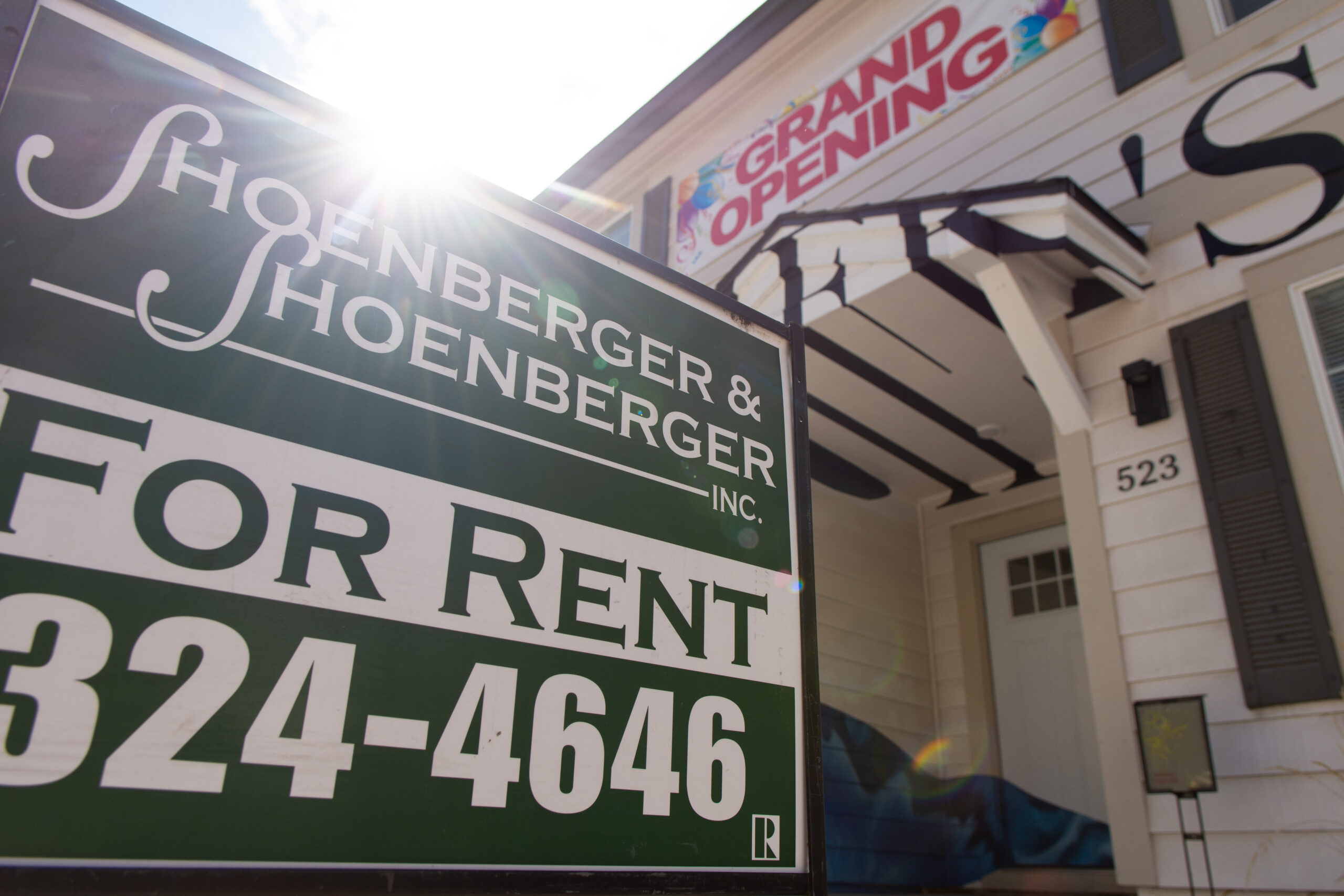
As Nevadans grapple with burdensome rent hikes, wage stagnation and an acute housing shortage, the once-unseemly topic of rent control is making its way back into conversations across every level of Nevada government.
Over the last three months, prominent elected officials from Gov. Steve Sisolak to Clark County Commissioner Marilyn Kirkpatrick have weighed in on the merits and prospects of adopting rent control — with the most dramatic move coming with the launch of a ballot initiative to limit rent increases in North Las Vegas by the politically powerful Culinary Union.
Supporters say rent control can alleviate an immediate pain caused by scarcity and curb excess price hikes, while critics argue that it could disincentivize property owners from maintaining or improving units, reduce investment in rental properties and negatively affect the free market. There is some consensus, however, that the policies — which could include annual rent increase caps, limits on the price of a unit or designations for low-income tenants — can act as a short-term solution to the displacement of lower-income tenants even if they are not a silver bullet to fix the housing crisis.
But this is not the first time rent control has popped up in Nevada.
In the wake of a housing shortage, high inflation and mobile home rental hikes in the 1970s, advocates pushed local governments and state lawmakers to take up rent control — but it was “passed back and forth between the state and local governments like ‘a hot potato,’” according to a 1981 legislative report.
Ultimately, lawmakers sidestepped the hard jurisdictional questions surrounding rent stabilization, recommending the increase of mobile home spaces and thereby removing the need for government intervention. Similar logic could be applied to other forms of rental housing, they said.
Three decades later, there is a 5.24 million home shortage across the U.S. and a dearth of nearly 80,000 affordable and available rental homes for low-income renters in Nevada. Advocates have argued that it could take decades to get the necessary housing needed to drive down unaffordable costs, and demand for policies such as rent control are growing.
Yet once again, serious questions remain about who has the authority to implement such policies — state government or local municipalities?
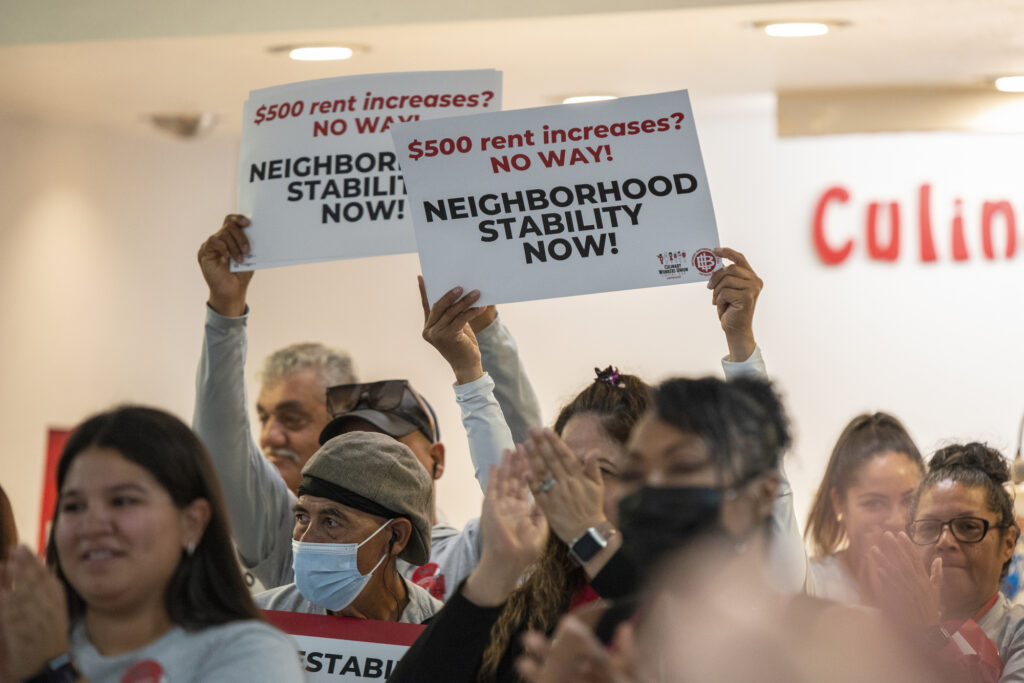
Who has jurisdiction?
In the 1980s, Legislative Counsel Bureau researchers wrote in a legal analysis that a rent ordinance could be enacted by local governments only after receiving explicit permission to do so through state legislation.
“Neither the cities nor counties have any powers not granted in general laws or in city charters enacted by special laws,” researchers wrote. “Any rent control, rent stabilization and probably even rent review, if it were not voluntary, would require enabling legislation.”
The determination aligns with what is known as “Dillon's Rule,” or the principle that local governments can only exercise powers expressly granted by the state. The rule of law derives its name from Iowa Supreme Court Judge John F. Dillion, who issued two court decisions in 1868 affirming that local governments were administrative agencies of the state and therefore could only exercise powers explicitly granted by state law.
As of 2013, approximately 31 states followed a strict version of Dillon's Rule, nine states were blended, with the rule not applying to some local entities, and 10 were home rule states, meaning the state’s constitution grants municipalities or counties the autonomy to pass laws without explicit permission from their state legislatures.
Nevada is one of five Dillon's Rule states with no authorizing language on rent control or preemptions preventing rent control policies, according to a report from the National Multifamily Housing Council, a landlord trade group.
Though Dillon's Rule has no specific connection to rent control, it manages the relationship between state and local governments and therefore comes into play if local governments want to implement the policy.
State and local government at odds
The status quo changed in 2015, when state lawmakers modified Dillon's Rule in Nevada, delegating to counties the authority to “address matters of local concern.” The Legislature added that in cases of “reasonable doubt,” there is a presumption in favor of finding that a county has the power to address a matter of local concern — defined as one that affects areas or people located within the county, and does not have a significant effect on other areas or individuals.
Examples of matters of local concern include, but are not limited to, “public health, safety and welfare in the county,” as well as “planning, zoning, development and redevelopment in the county.”
Based on the 2015 change made to state law, a county-level government in theory has the power to implement rent stabilization efforts, though no public legal opinion or memorandum exists on the topic.
City of Reno officials — questioning their ability to adopt rent control earlier this year — have noted that the affordable housing crisis goes beyond city limits and would likely be a county or statewide issue, putting any rent-focused ordinance on shaky legal ground.
“Rent, construction costs, things of that nature … they're probably not matters of local concern, despite the great concern all of us have on an individual basis,” Reno City Manager Doug Thornley said during a February meeting of the city council. “A true rent control ordinance is not, at this juncture, a thing that we believe we have the legal authority to pursue."
In 2017 the city attorney’s office wrote a memo on the topic that echoed the same sentiment, noting that “lacking express legislative authorization, it is doubtful that the City will prevail in a lawsuit challenging the City's legal authority to implement rent control.”
However, the Legislative Counsel Bureau’s Legal Division confirmed in an email to The Nevada Independent that in 2019, the division provided the Legislature with the legal advice that “local governments had the authority to adopt affordable housing measures under Nevada’s modified Dillon’s Rule” — authority that extends to counties and cities to pursue housing solutions such as rent control, housing trust funds and inclusionary zoning.
That advice came during the legislative session that year when then-Sen. Julia Ratti (D-Sparks) introduced SB398 to ensure local governments could take action to address the affordable housing crisis. She said the Legislature’s Legal Division and local governments held conflicting views.
“There are differences between the way the Legal Division interprets statutes and the way some of the local government attorneys are interpreting the same statutes,” Ratti said in a hearing on the measure. “This bill seeks to clarify that on issues of such importance, like affordable housing, it is clearly a matter of local concern. Local governments are not only authorized to act but encouraged to act.”
Though the bill passed out of the Senate on a 15-6 vote, it died in the Assembly without a vote.
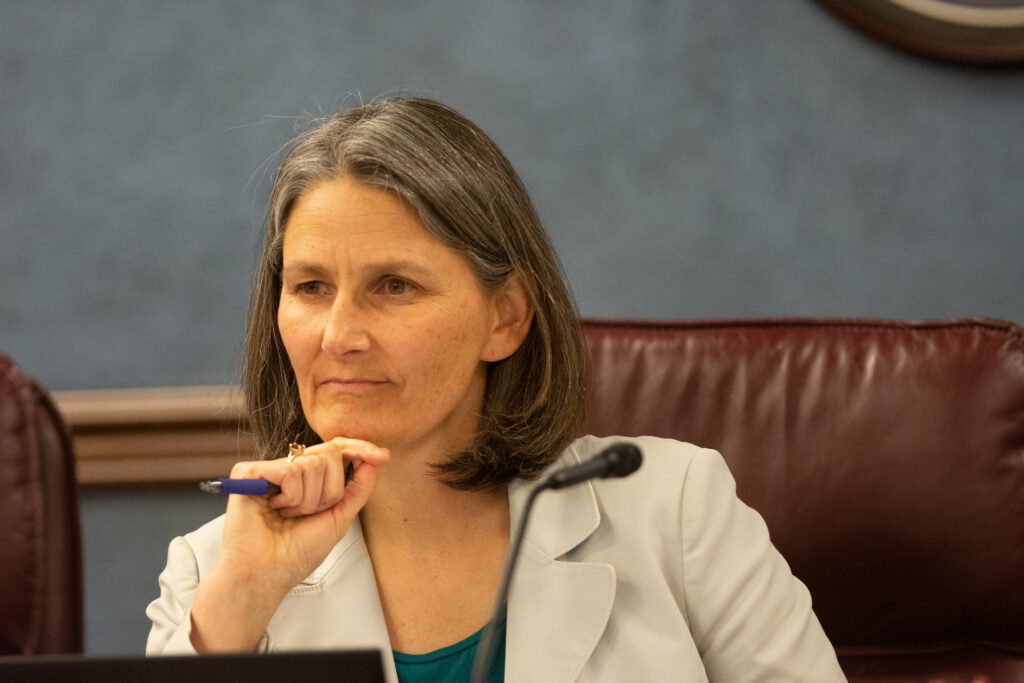
In a proposed amendment to another bill she sponsored that session, Ratti aimed to clarify that local municipalities had the ability to adopt rent control policies. Though changes made in Dillon's Rule left rent control and inclusionary zoning to local governments, “the interpretation is wide open,” Ratti said during a hearing on the bill.
She later added that in conversations with local governments, a consensus existed that no one wanted to be the first to implement such a policy because the 2015 changes to Dillon’s Rule did not directly discuss either of those options.
“Having to deal with a lawsuit would keep most local governments from being the first to give it a shot,” Ratti said.
Though the bill, SB103, was passed into law, the proposed amendment was not included in the final version.
Rent control across the U.S.
As rental prices and inflation rise across the country, at least seven cities and states in the U.S. are considering implementing or expanding rent control measures, including North Las Vegas.
Proposed measures range from monthly rent caps of 2 percent to 10 percent, the removal of bans preventing local governments from enacting rent control measures as well as rent control measures tied to inflation rates.
Research suggests that rent control has existed in a variety of forms for centuries in countries across the world. Some sources indicate that rent controls may have been used in ancient Rome.
In the United States, rent control measures were enacted at the state, local and federal levels around the time of World War I and World War II, although most cities abandoned these first-generation rent control laws during the postwar 1950s housing boom.
When new efforts to implement rent control began to gain popularity in the 1970s, they largely aimed at managing rent increases but not prohibiting them. Many coastal cities in the Northeast and along the West Coast adopted these second-generation policies.
The second-generation rent control policies were later rebranded under the umbrella of “rent stabilization” to create a distinction from strict rent control policies, and avoid any negative political stigma associated with the term rent control.
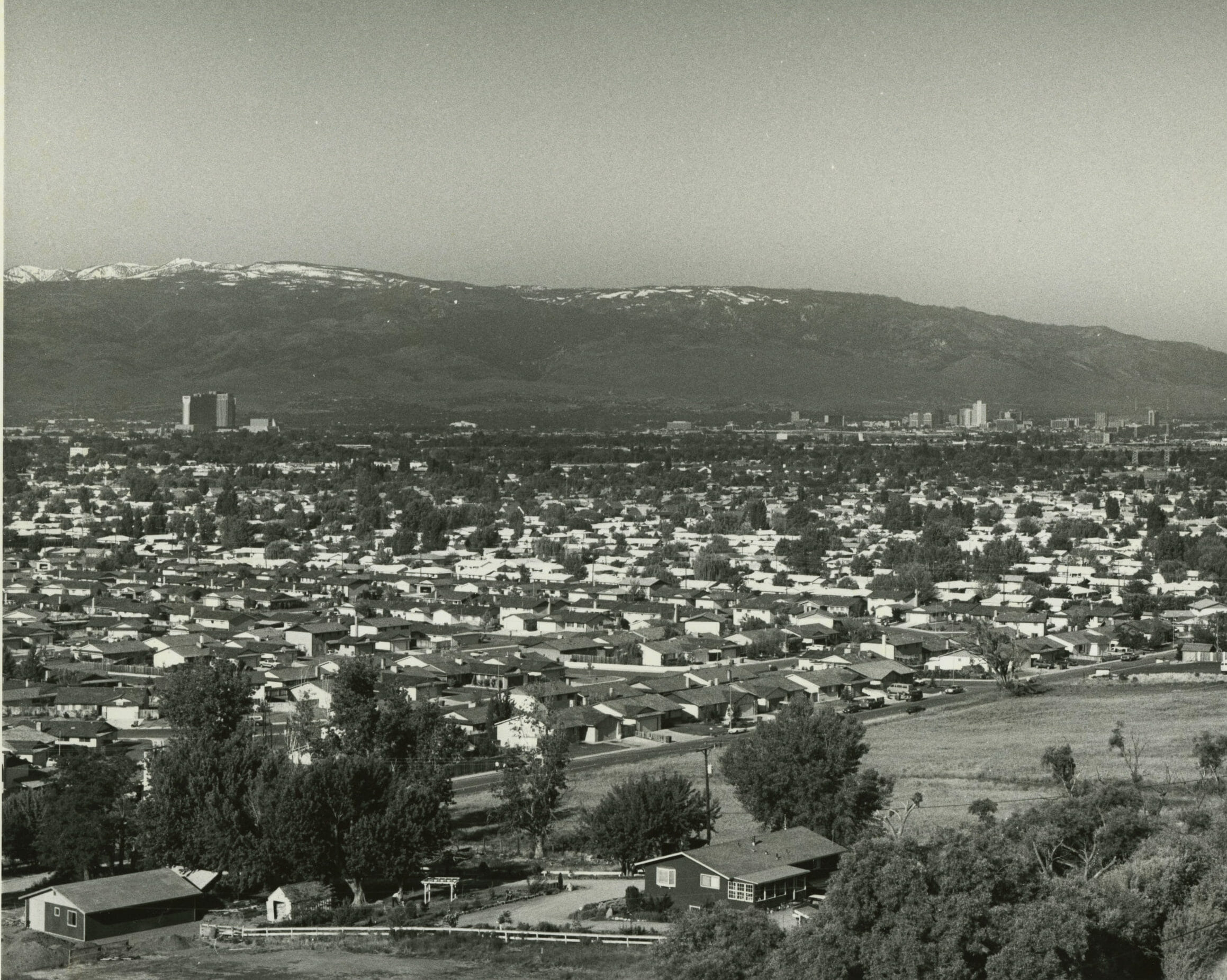
Rent control in the Silver State
In the 1970s, rapidly increasing rental rates in a mobile home park combined with a lack of legal safeguards for renters prompted Reno resident Barbara Bennett to help found the Northern Nevada Mobile Homeowners Association.
The association lobbied the Reno City Council for laws to help mobile home residents, including a rent justification law “that would require park owners to justify anything more than ‘fair share’ rent increases,” per reporting from the Reno Evening Gazette.
After an initial effort in 1978 failed, then-Councilman Ed Spoon agreed the next year to re-introduce the rent ordinance, with a plan to ensure a rent ordinance was legal.
But when the time came, Spoon introduced the legislation and then told the council he would vote against it.
In an interview for UNR’s Oral History Program, Bennett described the moment as a “political double-cross.”
“We didn’t have a good chance to get it through, but we had made headway in pointing out the problems to the Legislature,” Bennett said. “Sooner or later, we felt that we could convince the city council that it was a real problem in this community. And it was, there’s no question about it.”
Bennett remained involved in local politics, eventually becoming Reno’s first female mayor in 1979 after a hard-fought grassroots campaign against a well-financed, well-known opponent.
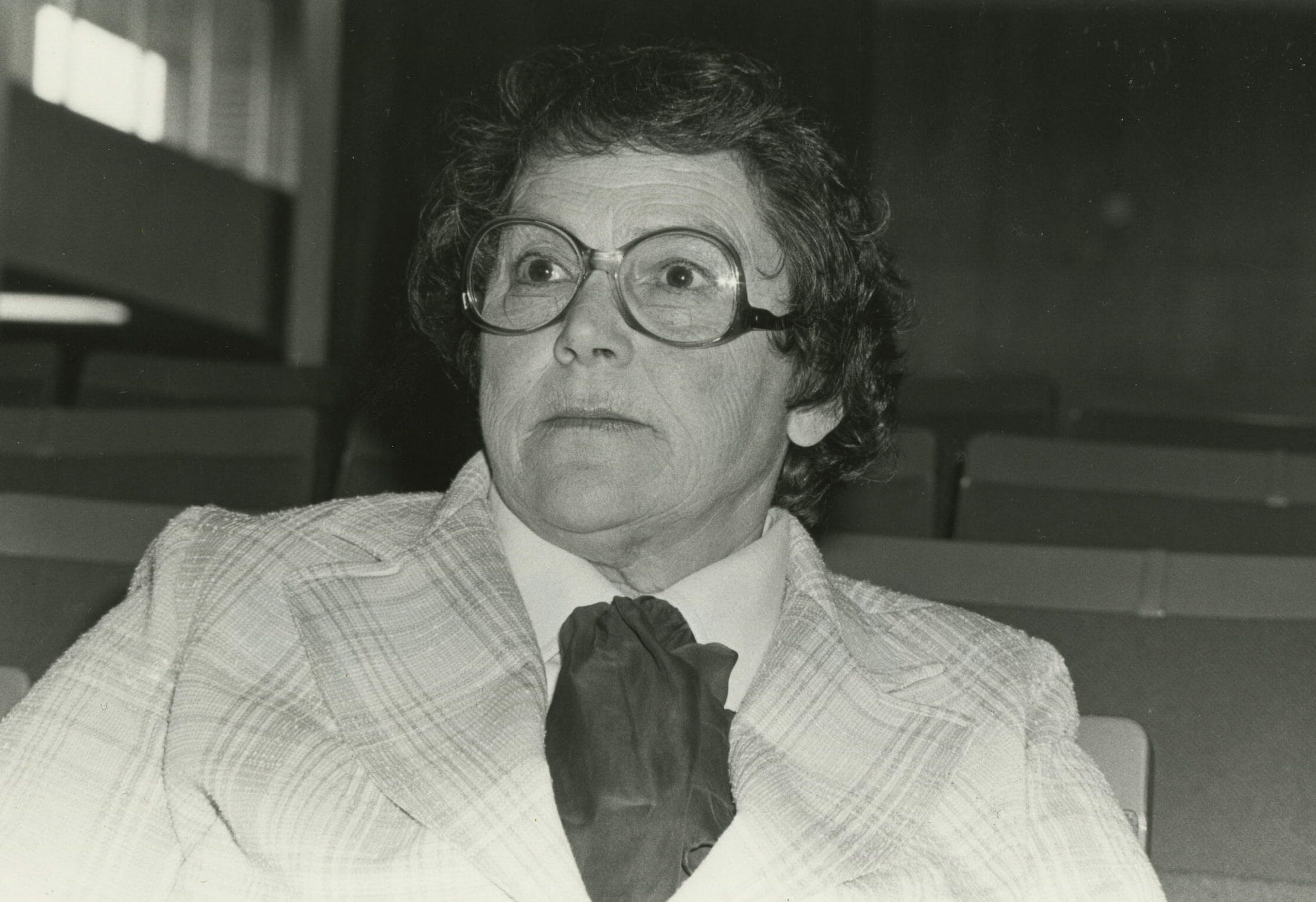
Following a 20 percent mobile home rent increase after she became mayor, Bennett told the Reno Evening Gazette that it could provide an incentive for the Legislature to pass a rent management measure in a future session.
The rent justification measure was unsuccessful at the Legislature, but Bennett and other activists, including Las Vegas mobile home residents, were able to get the Legislature to pass requirements for the timely notice of rent increases and the payment of tenant moving costs by park owners if the owner sold a property.
Lawmakers also commissioned a study of the problems of owners and renters of mobile homes during the 1979-81 interim. Ultimately, the study concluded that “local governments will make Herculean efforts to increase the number of mobile home spaces,” and “competition will handle the rent increase problem."
During the following 1981 session, lawmakers considered two bills that included mechanisms to review mobile home rent increases and a provision that would have enabled local governments to establish rent justification boards if vacancy rates fell below 5 percent. Lawmakers rejected the measures, despite 1,600 letters advocating for the pieces of legislation and only 538 letters in opposition.

Looking forward
An April Nevada Independent/OH Predictive Insights poll indicates that 65 percent of Nevadans support enacting rent control policies or limiting the amount a landlord can demand when leasing a home or renewing a lease.
Rental prices in Nevada have grown by double digits since 2020. The Nevada State Apartment Association reported that as of the end of March, the average asking rent was $1,451 a month in Southern Nevada and $1,513 in Northern Nevada across all apartment types — a 34 percent increase and nearly 24 percent increase compared with prices two years ago, respectively.
And home prices have hit an all-time high, reaching a median price of $475,000 in Las Vegas (up nearly 27 percent from last year) and $595,000 in the Reno-Sparks area (up almost 20 percent from last year) in April, according to reports from the Las Vegas Realtors Association and the Reno/Sparks Association of Realtors.
The general benchmark for affordable housing is no more than 30 percent of a person’s gross income, or earnings before taxes or other deductions. To afford the average asking rent in Southern Nevada, a household would need to make $58,000 a year before taxes. In Northern Nevada, that yearly income would need to be around $60,500.
With a median household income of about $58,000 in Las Vegas and about $60,000 in Reno, the average apartment rent is considered unaffordable for roughly half of the cities’ households.
Out-of-reach rental prices and public sentiment in favor of rent control policies follow calls from the Clark County Commission urging state lawmakers to take action on rising rents, and special meetings of the Reno City Council earlier this year to discuss solutions that may alleviate pressure on the market and increase affordable housing.
“I have never been a fan of rent control. But I'm starting to be a fan all day long because now this is just about greed for folks,” Clark County Commissioner Marilyn Kirkpatrick said during a February commission meeting. “I get reasonable costs, but … it's $200 today, what stops everybody from raising it? $500? Because then we're still in the same boat.”
Still, both sides point to jurisdictional issues. Gov. Steve Sisolak told reporters in March that, based on his understanding, local governments already have some authority to implement rent stabilization measures in a nod to that 2015 modification of Nevada’s Dillon's Rule.
“We cannot have rents continuing to spiral like they’re spiraling,” he said. “We are working with our local jurisdictions. I will continue to communicate with legislative leadership to make sure that they’re on the same page, in terms of coming up with a plan moving forward.”
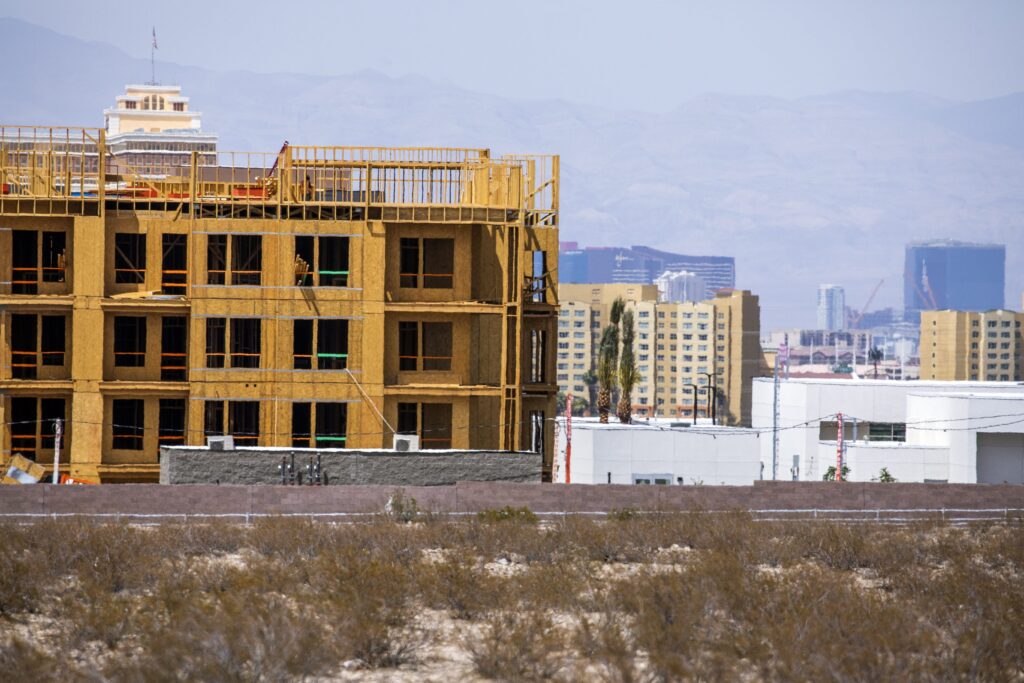
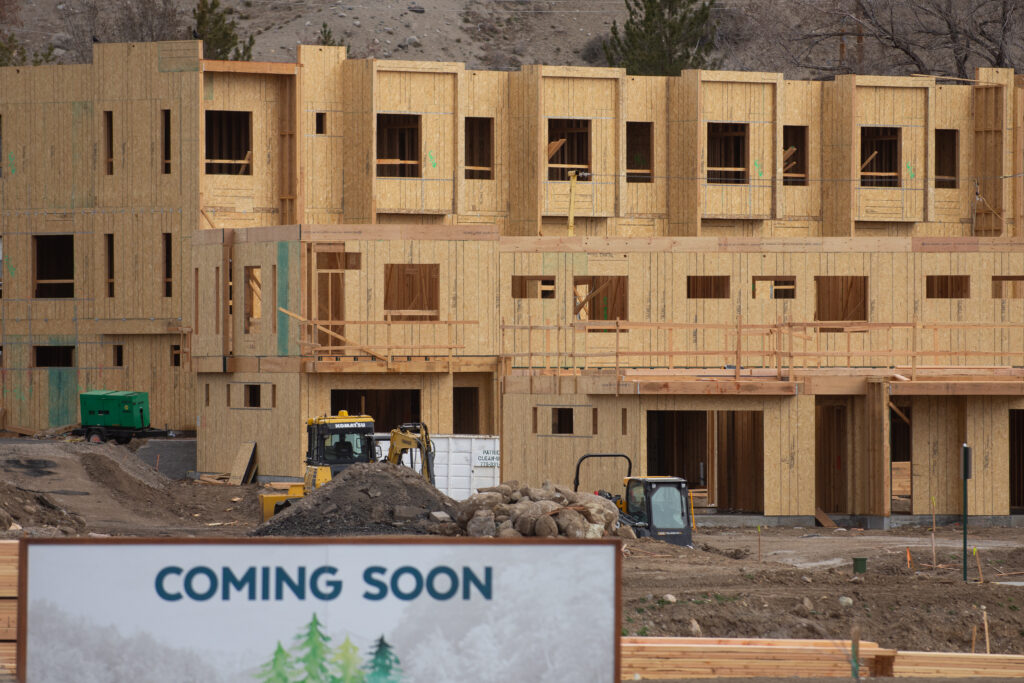
At the state level, most of the focus has been on housing supply. Sisolak and Democratic lawmakers publicly launched a $250 million “Home Means Nevada” affordable housing investment initiative in a southwest Las Vegas neighborhood in mid-April, funded by American Rescue Plan dollars. At the event, Assemblyman Steve Yeager (D-Las Vegas) said a lot of work needs to be done to address Nevada’s housing crisis, but it is unlikely lawmakers will hold a special legislative session for that purpose in the near future.
Housing is expected to be a major topic of discussion in the upcoming 2023 legislative session, but given the recent failure to pass housing reform measures, the road ahead looks challenging.
But for Lily Baran, a policy associate at the ACLU of Nevada and a member of the Nevada Housing Justice Coalition, the focus on affordable housing and calls for change within the community mean that lawmakers can’t ignore the issue.
She applauded the state’s investment into affordable housing initiatives. Still, the present moment calls for other innovative approaches to the housing crisis and policy change, she said.
“Everyone will not be able to afford a home under the system we’ve created,” Baran said. “Expecting people to pay the highest costs of housing we’ve ever seen is not going to work.”
